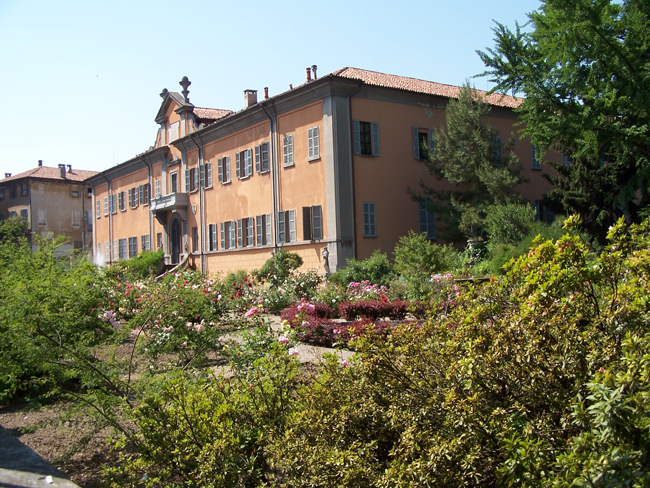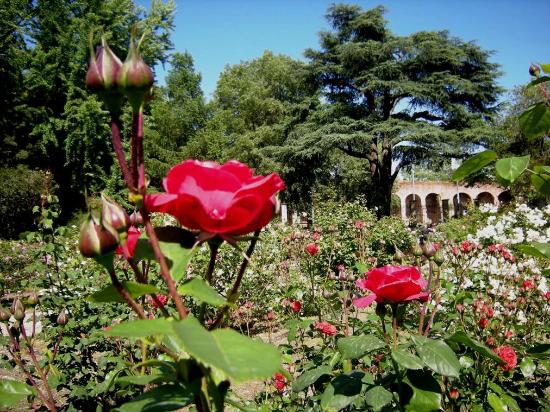
Botanical garden University of Pavia
This post is also available in:
 Italiano (Italian)
Italiano (Italian)
This garden was founded in 1773 by Fulgenzio Witman, an abbot and a professor of botany who taught in Pavia and designed the famous “Giardino dei Semplici”.
Under the following supervision of Giovanni Antonio Scopoli, the garden acquired its current look in 1777. One year earlier, some wooden greenhouses were created by the architect Giuseppe Piermarini and then rebuilt in masonry by Luigi Canonica in the XIX century.
After several modifications, the current surface of the garden measure some 5 acres, with a 956-square yard greenhouse. A special sector has been created for gymnosperms and angiosperms, perennial herbs, and rhododendrons, as well as succulent and officinal plants.
There is also an arboretum, a rose garden, and several herbariums built in 1780.
There are numerous collections of different sizes and origins: the Lombard Herbarium (related to Lombardy and the neighboring areas), the General Herbarium (featuring collections of Italian and foreign origins), and some individually authored collections.
BOTANICAL COLLECTIONS
The following collections are definitely worth mentioning, amongst the others:
Roses
Divided into three large areas: wild roses, ancient roses, and modern hybrids (housed in the central flower beds). The rose garden was created with the collaboration of landscape architect and botanist Cristiana Serra Zanetti.
Important collections of orchids and hydrangeas.
Officinal plants
Grown in three flower beds in front of the Scopoliane greenhouses;
Borago officinalis, Datura stramonium, Clary sage, Solanum dulcamara, Isatis tinctoria.
Succulent plants
With Sedum, and Sempervivum genera.
Aquatic plants
Planted in pools and thoroughly tagged, they’re also used for instructional courses offered to schools and the general public.
Mediterranean plants.
Tropical greenhouse plants
Originating in Africa and America, including specimens belonging to different species of Palms, Pteridophytes, Araceae, Euphorbiaceae, Liliaceae, and Marantaceae.
Indigenous plants
A collection of 18 species of plants mostly typical of the Padanian forest environments.
This post is also available in:
 Italiano (Italian)
Italiano (Italian)
Contatti
Via Sant'Epifanio 14 - Pavia(PV)
0382 504841
orto.botanico@unipv.it
Altre info
Gratuito
Da lunedì a giovedì dalle 9.00 alle 12.30 e dalle 14.30 alle 17.00, venerdì dalle 9.00 alle 12.00



